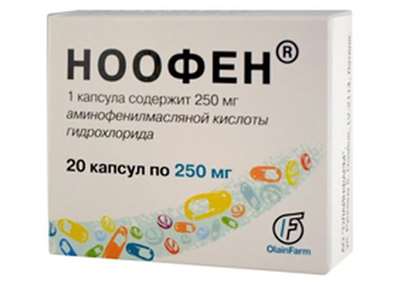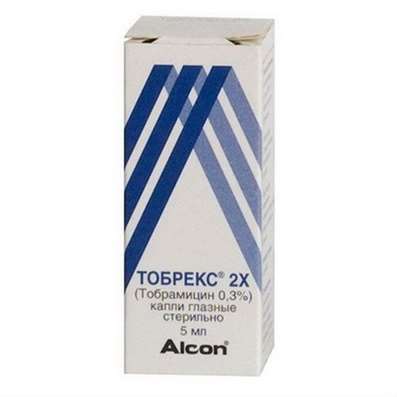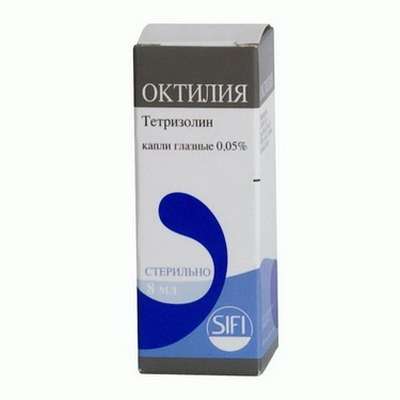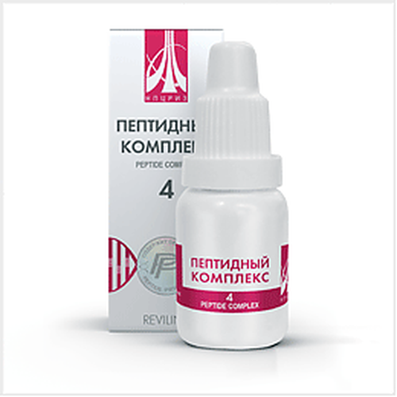Instruction for use: Diclofenac retard-Akrihin
I want this, give me price
Active substance Diclofenac
ATX Code M01AB05 Diclofenac
Pharmacological group
NSAIDs - Acetic acid derivatives and related compounds
Composition and form of release
1 tablet retard coated, contains diclofenac sodium 100 mg; in a contour acheive box 10 pcs., in a cardboard bundle 2 packs.
pharmachologic effect
Pharmacological action - anti-inflammatory, antipyretic, antiaggregational, analgesic.
It inhibits cyclooxygenase, breaks the metabolism of arachidonic acid, reduces the amount of PG both in the inflammation focus and in healthy tissues, suppresses the exudative and proliferative phases of inflammation.
Pharmacokinetics
After intake, quickly and completely absorbed (food slows the rate of absorption). As a result of sustained release of the active substance after taking in a dose of 100 mg Cmax - 0.5-1 μg / ml is achieved after 5 hours. The concentration in the plasma depends linearly on the amount of the administered dose. Bioavailability - 50%. The connection with plasma proteins, mainly with albumins, is 95-98%. It penetrates into the synovial fluid, where its concentration increases more slowly, but reaches 4-6 hours higher than in plasma and remains at this level for 12 hours. 50% of the administered dose is subjected to the effect of the first passage through the liver. Metabolized by single or multiple hydroxylation and conjugation with glucuronic acid to form pharmacologically less active metabolites than diclofenac. The system Cl is 260 ml / min. It is excreted through the kidneys (60% of the administered dose), less than 1% - unchanged, the rest - in the form of metabolites with bile. When observing the recommended interval between doses, it does not cumulate. If the renal function is impaired, the excretion of metabolites with bile increases, and their concentration in the blood is not observed.
indications
Inflammatory diseases of the musculoskeletal system (rheumatoid, psoriatic, juvenile and chronic arthritis, ankylosing spondylitis, chronic and acute gouty arthritis); degenerative diseases of the musculoskeletal system (deforming osteoarthritis, osteochondrosis); lumbago, sciatica, neuralgia, myalgia; diseases of the periarticular tissues (tendovaginitis, bursitis); post-traumatic pain syndrome, accompanied by inflammation; postoperative pain, migraine, renal colic, primary algodismenorea, adnexitis, proctitis; infectious diseases of ENT organs with severe pain syndrome (pharyngitis, tonsillitis, otitis), residual pneumonia; febrile syndrome.
Contraindications
Hypersensitivity (including to other NSAIDs), ulcerative-erosive lesions of the gastrointestinal tract (in the phase of exacerbation), "aspirin" asthma, hematopoiesis, pregnancy, breast-feeding, younger children.
pregnancy and lactation
Contraindicated in pregnancy. For the duration of treatment, breastfeeding should be discontinued.
Side effects
From the nervous system and sensory organs:> 1% - headache, dizziness, fatigue, insomnia, anxiety, "nightmarish" dreams, a violation of taste sensations; > 0.1- <1% - paresthesia, memory loss, disorientation, irritability, depression, psychotic reactions, anorexia, decreased visual acuity, diplopia, scotoma, hearing loss, tinnitus; <0.1% - convulsions, tremor, aseptic meningitis.
From the cardiovascular system and blood (hematopoiesis, hemostasis):> 1% - palpitations, chest pain, arrhythmias; > 0.1- <1% - increased blood pressure, systemic anaphylactic reactions, including shock, thrombocytopenia, leukopenia, anemia; <0.1% - agranulocytosis, hemolytic anemia.
On the part of the respiratory system:> 0,1- <1% - bronchospasm.
On the part of the intestine:> 1% - NSAID-gastropathy (gastralgia, nausea, vomiting, diarrhea, abdominal pain, flatulence), erosive and ulcerative gastrointestinal lesions, gastrointestinal bleeding, nonspecific colitis, dry mouth, constipation; > 0.1- <1% - pancreatitis, aphthous stomatitis, glossitis, increased activity of hepatic transaminases, toxic hepatitis, fulminant hepatitis.
From the genitourinary system:> 1% - nephrotic syndrome (edema). > 0.1- <1% - acute renal failure, hematuria, proteinuria, oliguria, interstitial nephritis, papillary necrosis, cystitis; <0.1% is impotence.
From the skin:> 1% - skin itch, skin rash (mainly erythematous, urticaria), angioedema; > 0,1- <1% - eczema, photosensitivity, allergic purpura, multiforme exudative erythema (including Stephen-Johnson syndrome); <0,1% - erythroderma, alopecia, toxic epidermal necrolysis (Lyell's syndrome).
Interaction
Increases the concentration in the plasma digoxin, lithium preparations, cyclosporine. Reduces the effects of diuretic, hypotensive and hypnotics, increases the likelihood of side effects of other NSAIDs, toxicity of methotrexate, nephrotoxicity of cyclosporine and preparations of gold. With simultaneous use with oral antidiabetic drugs, both hypo- and hyperglycemia are possible, with potassium-sparing diuretics - the risk of hyperkalemia increases, with anticoagulants - the risk of bleeding.
Acetylsalicylic acid reduces the concentration of diclofenac in the blood, cefamandol, cefaperazone, cefotetan, valproic acid, plikamycin increase the frequency of hypoprothrombinemia. Simultaneous use with ethanol, colchicine, corticotropin, preparations of St. John's wort, glucocorticoids increases the risk of developing gastrointestinal bleeding.
Dosing and Administration
Inside, without chewing, before, during or after a meal, with a small amount of water.
Adults-100 mg once a day. With dysmenorrhea and migraine attacks - up to 200 mg / day. If you need to increase the dose to 150 mg / day, you can combine the long-acting form and the short-acting preparation (table 50 mg).
Overdose
Symptoms: dizziness, increased blood pressure, headache, hyperventilation of the lungs, confusion, in children - myoclonic cramps, nausea, vomiting, abdominal pain, bleeding, dysfunction of the liver and kidneys.
Treatment: symptomatic, gastric lavage, the introduction of activated charcoal. Forced diuresis, hemodialysis are ineffective.
Precautionary measures
With caution should be used for induced acute hepatic porphyria, severe violations of liver and kidney function, heart failure, elderly people taking diuretics, and patients who have a decrease in BCC (after major surgery). In these cases, kidney function should be monitored.
When performing long-term therapy, liver function monitoring, peripheral blood picture, and fecal occult blood test (especially in patients with a history of hepatic insufficiency) should be monitored.
To quickly achieve the desired effect, the tablet can be taken 30 minutes before meals.
It is necessary to refrain from engaging in potentially dangerous activities that require an increased concentration of attention and speed of psychomotor reactions.
storage conditions
In a dry, the dark place at a temperature of no higher than 25 ° C.
Keep out of the reach of children.
Shelf life
3 years.
Do not use after the expiry date printed on the package.

 Cart
Cart





